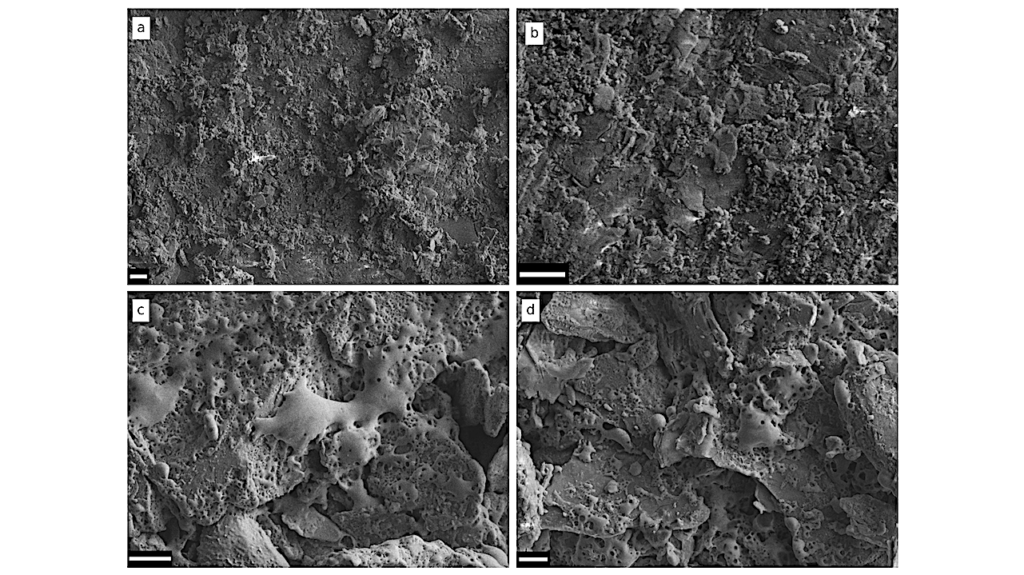Systems Astrochemistry: A New Doctrine for Experimental Studies

Laboratory experiments play a key role in deciphering the chemistry of the interstellar medium (ISM) and the role that product complex organic molecules (COMs) may play in the origins of life.
However, to date, most studies in experimental astrochemistry have made use of reductionist approaches to experimental design in which chemical responses to variations in a single parameter are investigated while all other parameters are held constant. Although such work does afford insight into the chemistry of the ISM, it is likely that several important points, such as the relative importance of an experimental parameter in determining the chemical outcome of a reaction and the interaction between parameters, remain ambiguous.
In light of this, we propose adopting a new systems astrochemistry framework for experimental studies which draws on current work performed in the field of prebiotic chemistry, and present the basic tenants of such an approach in this article. This systems approach would focus on the emergent properties of the chemical system by performing the simultaneous variation of multiple experimental parameters and would allow for the effect of each parameter, as well as their interactions, to be quantified. We anticipate that the application of systems science to laboratory astrochemistry, coupled with developments in hyphenated analytical techniques and data analytics, will uncover significant new data hitherto unknown, and will aid in better linking laboratory experiments to observations and modelling work.
Nigel J. Mason, Perry A. Hailey, Duncan V. Mifsud, James S. Urquhart
Comments: 32 pages including 11 figures and 2 tables. To be submitted in Frontiers in Astronomy and Space Science
Subjects: Earth and Planetary Astrophysics (astro-ph.EP); Astrophysics of Galaxies (astro-ph.GA); Instrumentation and Methods for Astrophysics (astro-ph.IM)
Cite as: arXiv:2107.02924 [astro-ph.EP] (or arXiv:2107.02924v1 [astro-ph.EP] for this version)
Submission history
From: Duncan V. Mifsud
[v1] Tue, 6 Jul 2021 22:20:19 UTC (885 KB)
https://arxiv.org/abs/2107.02924
Astrobiology, Astrochemistry,








